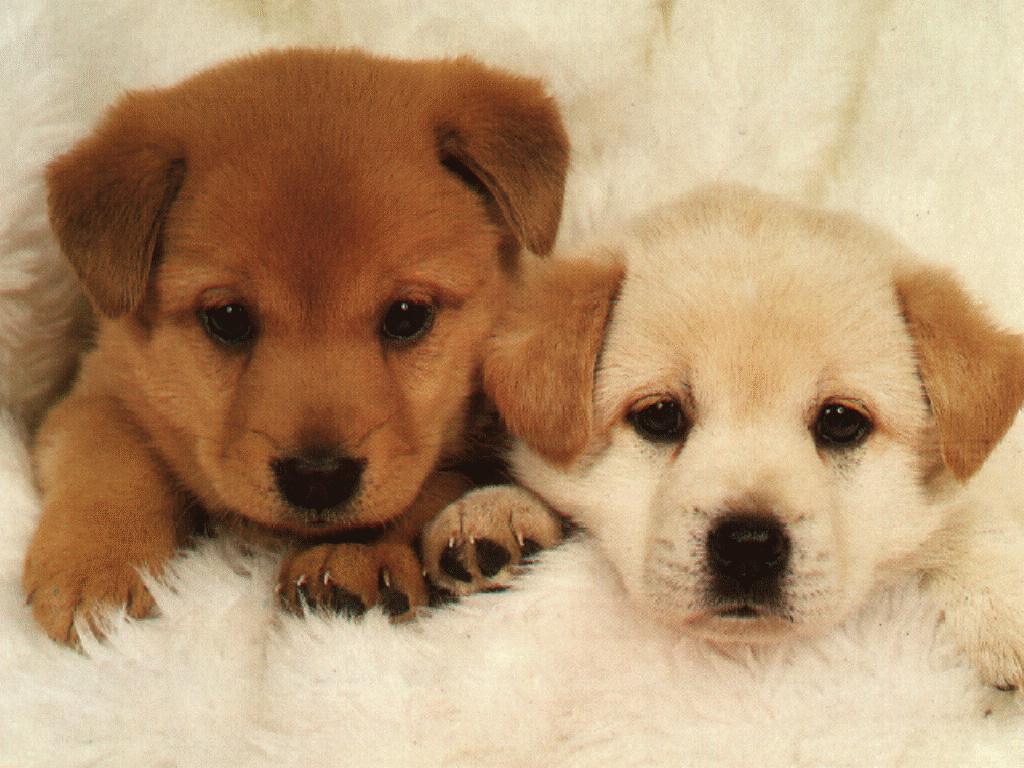Using Reward Based Dog Training Techniques to Train Your Dog
![]()
In this essay I will discuss the best way to work with reward based training methodologies to train your pet to take a seat.
1. Before you start the training session, it's important you've treats ready for the dog. This exercise Happiest Hounds is based a great deal treats you use, so it is essential that you simply bring enough to carry the endeavor out.
2. Find a location that has little to no distractions and is quiet you can begin your work in.
3. Go to your own large supply of treats, take a few of them out and put them on your own hand. Kneel down towards your dog; now take your hand together with the treats and put them. Once it gets your dog's attention, begin to go around, getting your pet follow your hand. Ensure it's slow enough so that the dog can follow without losing interest. Your hand should be close enough the dog can literally touch your hand.
4. Once you have got the full interest of your pet and he/she's chasing your hand around enthusiastically, slow down and allow your puppy to eat a few of the treats in your hand, in this procedure move your hands upwards and away from your dog. Your hands need to be more than several inches from the dog's nose as you raising your hand upwards and further away from your pet.
5. When your puppy sits up so as to achieve your hands filled with all the treats, say something positive to the dog to signal that he/she has done something right and give the dog some treats as a reward.
6. Repeat parts one to five of this exercise.
You could start using the term to signify the activity the dog is carrying out when you're 100% certain your dog will sit then.
It's significant that as soon as you get passed this point, you begin to work with the word "sit" before you entice the dog up. The word "sit" should continually be used before the dog's action, in order to signify to your pet.
If you are using the word "sit" at the same time you use your hand to make your dog sit erect, your pet will naturally give more value to your hand gesture than he/she's activities.

In this essay I will discuss the best way to work with reward based training methodologies to train your pet to take a seat.
1. Before you start the training session, it's important you've treats ready for the dog. This exercise Happiest Hounds is based a great deal treats you use, so it is essential that you simply bring enough to carry the endeavor out.
2. Find a location that has little to no distractions and is quiet you can begin your work in.
3. Go to your own large supply of treats, take a few of them out and put them on your own hand. Kneel down towards your dog; now take your hand together with the treats and put them. Once it gets your dog's attention, begin to go around, getting your pet follow your hand. Ensure it's slow enough so that the dog can follow without losing interest. Your hand should be close enough the dog can literally touch your hand.
4. Once you have got the full interest of your pet and he/she's chasing your hand around enthusiastically, slow down and allow your puppy to eat a few of the treats in your hand, in this procedure move your hands upwards and away from your dog. Your hands need to be more than several inches from the dog's nose as you raising your hand upwards and further away from your pet.
5. When your puppy sits up so as to achieve your hands filled with all the treats, say something positive to the dog to signal that he/she has done something right and give the dog some treats as a reward.
6. Repeat parts one to five of this exercise.
You could start using the term to signify the activity the dog is carrying out when you're 100% certain your dog will sit then.
It's significant that as soon as you get passed this point, you begin to work with the word "sit" before you entice the dog up. The word "sit" should continually be used before the dog's action, in order to signify to your pet.
If you are using the word "sit" at the same time you use your hand to make your dog sit erect, your pet will naturally give more value to your hand gesture than he/she's activities.

















